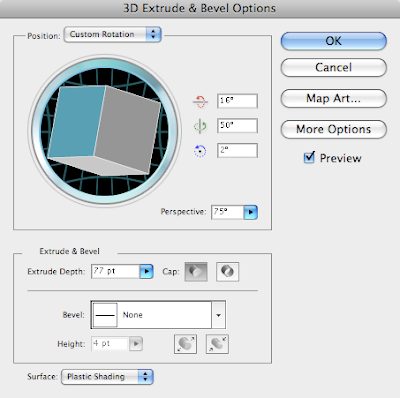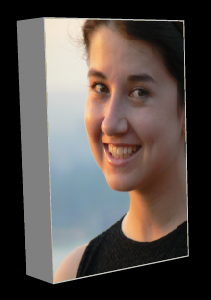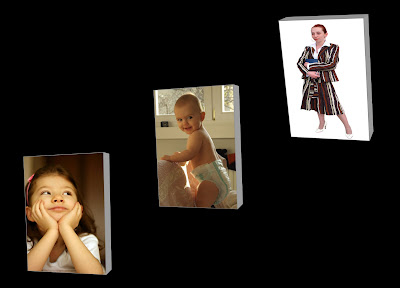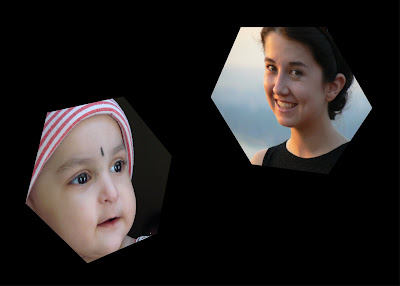We have many effects in Photoshop to make our images, that are whether as a whole or a specified area, look better or more attractive. In some previous entries, the effect applied to parts of an image that I use frequently is
Lighting Effects. This entry now introduces to you
Outline effect, which you can use to edit certain areas of images. This effect does not have a technical name like “Blur” or “Lighting Effects”. Actually, it is a combination of many tools and effects to create outline of a certain part.
Let’s begin the tutorial. You can read the original tutorial at this link:
http://www.layersmagazine.com/developing-outlines-in-photoshop-cs3.htmlStep 1: Smart Blur and Invert_ Open an image that has the specific area you like to edit in Photoshop.
_ Duplicate the background (Com+J).
_ On Layer 1, choose
Filter – Blur – Smart Blur.
+ Set
Mode to
Edge Only and
Quality to
High.
+ Change the
Radius and
Threshold to a value that gives details of outline.
+ Click OK, then press Com+I to invert the image.

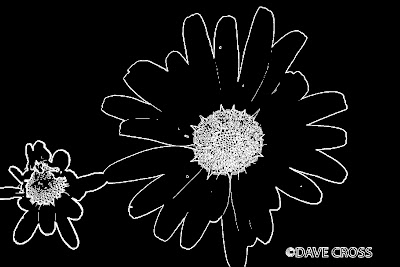
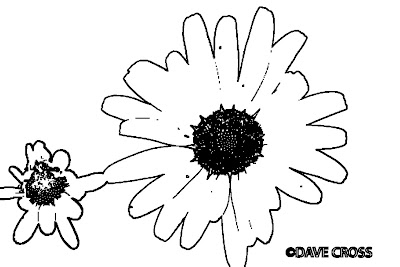 Step 2: Filter – Minimum
Step 2: Filter – MinimumThis step is used to make black lines thicker. Choose
Filter – Other –Minimum.
Set
Radius to 1 pixel. Then press OK.
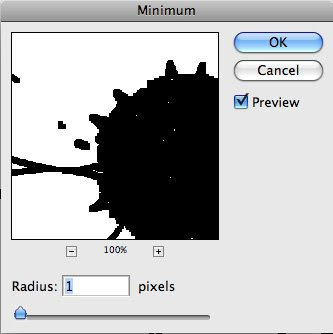 Step 3: Edit the outline
Step 3: Edit the outlineAfter you complete step 2, you can see that there are some parts that you do not want to cover as outline. Therefore, you need to delete it so that the specified area can be clearer. We will use
Brush Tool and
Opacity option to handle this job.
_ Use white for Foreground color. Then choose Brush Tool to clear the areas where you do not want to have outline.
_ Change Foreground color to black. Lower the Opacity of Layer 1 so that you can easily see the outline within the original colored background.
_ Use Brush Tool to enhance the black outline where needed.
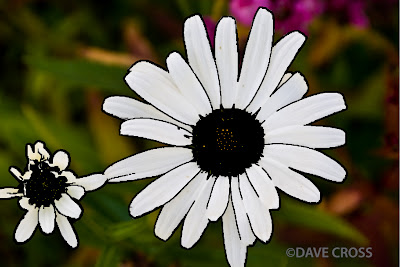 Step 4: Layer Style – Blending Options
Step 4: Layer Style – Blending Options_ Double click Layer 1. In
Blending Options, go to
Blend If sliders at the bottom.
_ On
This Layer, drag the white triangle to the left a bit. Now all the white areas around the outline become fully transparent and the original colored background is brought back.
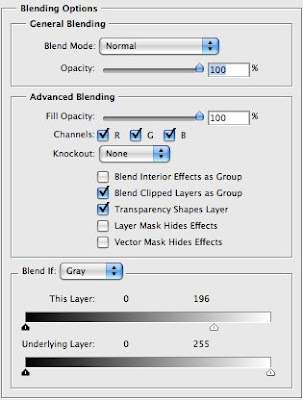 Step 5: Mask
Step 5: MaskYou can get some parts that have particularly strong outline. For example, the center of the flowers in the image we are using. You can lower it by following the instruction from the original tutorial, which uses
Mask layers. However, I do not use that way to change it. I just simply use the
Eraser Tool to clear the center part of the image and the result is still fine.
 Step 6: Change outline color
Step 6: Change outline color_ Create a new Layer by clicking on its icon at the bottom of the Layers Panel.
_ Drag it below Layer 1. Choose Layer 1, then you have two ways to merge the two layers:
+ Right click on Layer 1. In the pop-up menu, choose
Merge Down.
+ Simply press Com+E.
_ Double click on the new layer (Layer 2) to open
Layer Style menu.
_ Go to
Color Overlay. Click on the red color swatch to pick another color that you like for the outline.
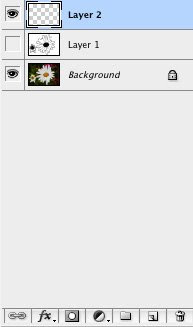
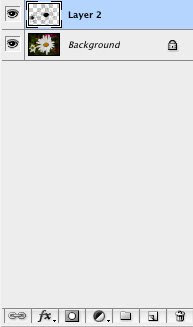
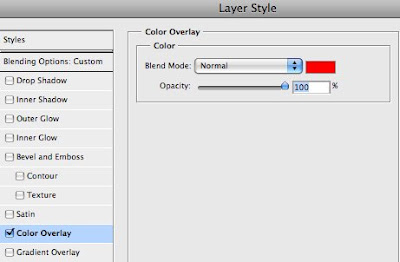

OK! It is done. I also did another work based on this tutorial and I want to share it with you. Here is the process of my work:

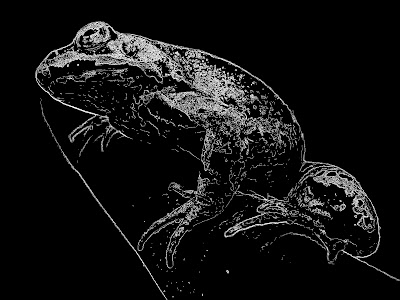
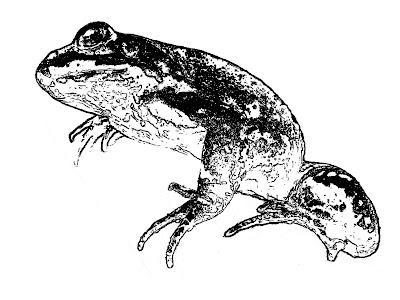
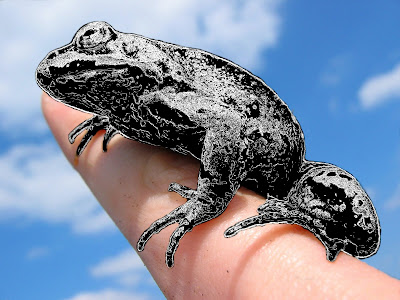
The upper image is my additional work, which is not in the process of creating outline. After I used
Smart Blur and invert the effect for my image, the frog in its new skin makes me think of something interesting. So, I edit it a bit and use the
Eraser Tool to clear the white area around the frog. Finally, we have a new frog on the hand.

























